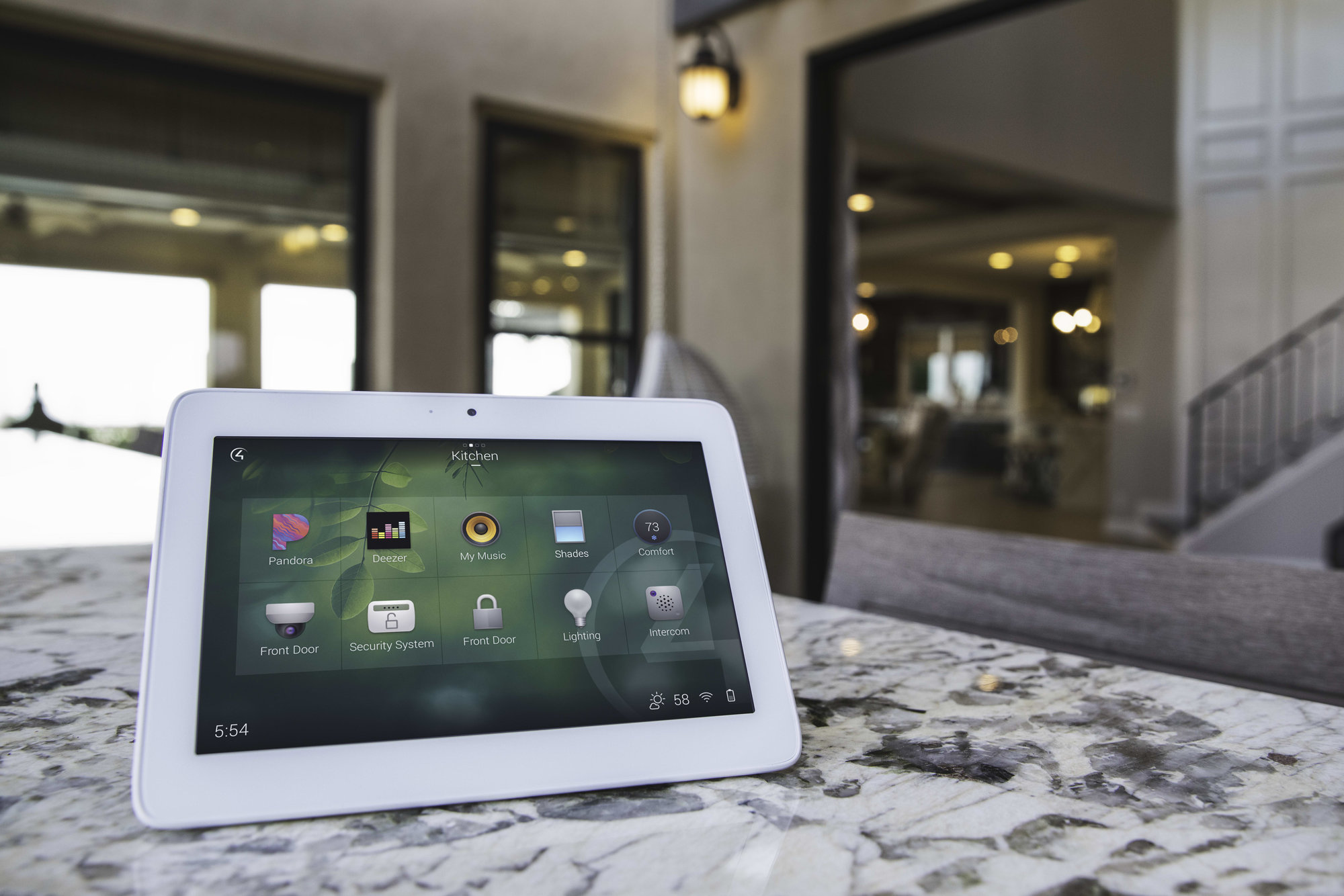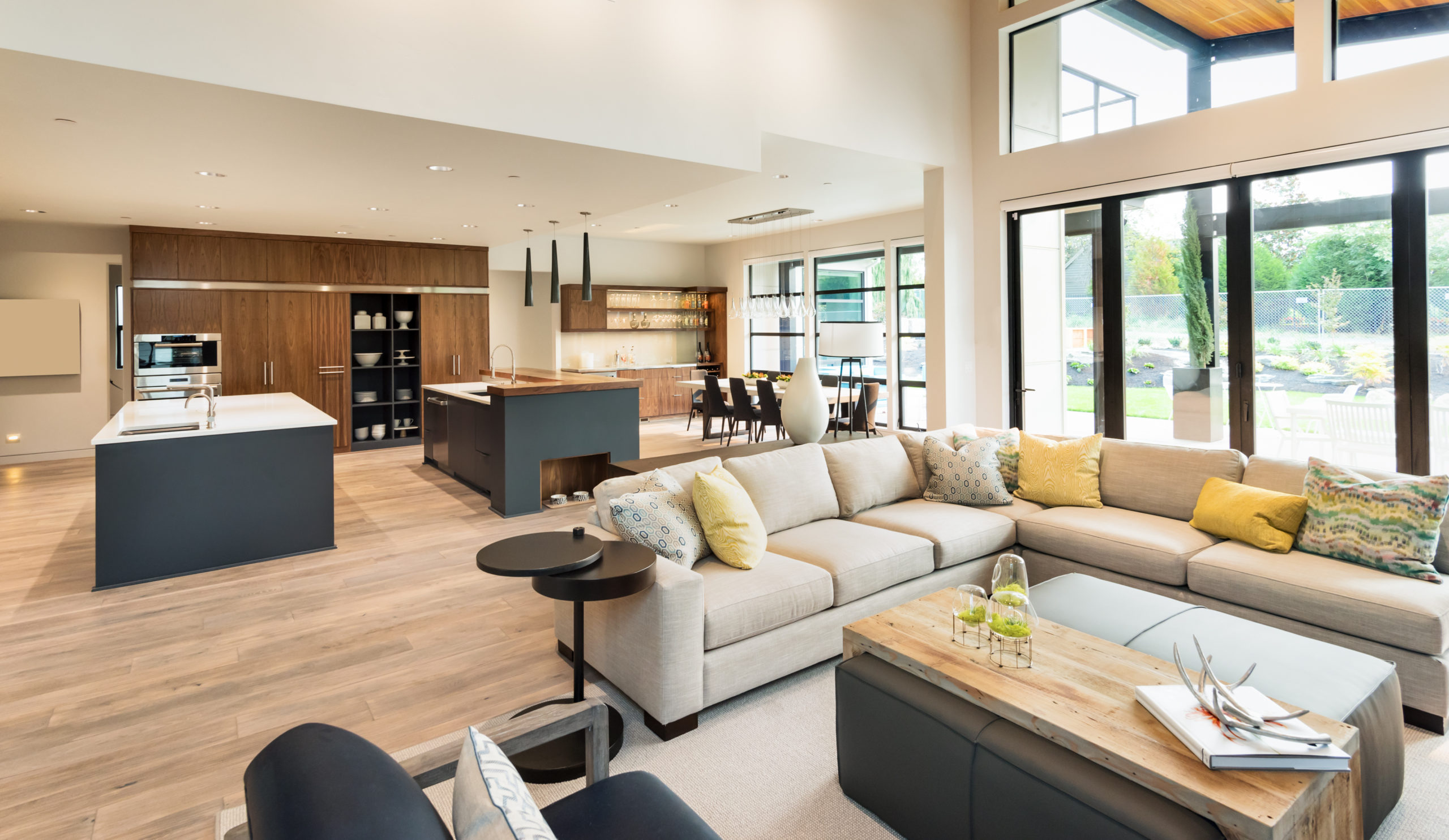Table of Content
If you're worried about juggling too many apps, there are third-party programs like Stringify and Yonomi that offer a centralized locale where you can control everything that's connected in your house. Both apps also support automation, so you can program those smart lights to come on every night at the same time, for example. However, smart speakers can perform many of the same tasks as a hub does, but still, a smart hub couldn’t be replaceable entirely. Digital assistants technically work like controllers, and certainly could not act or provide services as full-fledged smart hubs. One noteworthy shortcoming of cloud-based platforms and smart speakers is a limited selection of sensors, such as contact sensors and room sensors . On hub-based systems, these devices allow you to create complex and nuanced automations and security routines.
The hub has a size of 3.9 x 3.9 x1.9 inches and works with Homekit. It has ethernet, HDMI and micro USB ports but lacks battery backup. As much as you might want to upgrade to a smart home hub, you might be surprised to know that, you do not need one. You plug it modem and It will create a Wi-Fi network for all of your devices.
Honest, Objective, Lab-Tested Reviews
In most cases, a single smart home hub should be able to tackle all the different protocols and features you require from it. That being said, there may be other cases where the hub you’ve purchased handles a majority of your needs, but not all of them. Maybe it isn’t compatible with Z-Wave, or perhaps you’re looking for Alexa support but your main hub doesn’t offer it.

For starters, the SmartThings hub features support for Wi-Fi, Bluetooth, Zigbee, and Z-Wave protocols, making it compatible with a number of today’s leading smart products. The SmartThings app itself is also an excellent tool, allowing you to create automation schedules, build custom scenes for products, and more. There’s also onboard support for both Alexa and Google Assistant. You see, there are all different kinds of wireless protocols out there.
What is Smart Home Hub?
Thus to avail benefits of the Alexa, then try to connect Smart hub to extend Wi-Fi and control battery drainage. Zigbee is Z wave is another intelligent hub that can support thousands of devices on a single network. From here, you will get multiple features for controlling and adding devices. Moreover, you can select the room group and select the individual device so you can oversee the device’s attributes like color, sound, status, and brightness. There are plenty of supported devices for the Smart home that works effectively with Alexa. For example, Echo Plus is a device with ZigBee protocol and can be operated with Alexa.
Abode offers a ton of different security devices, including door/window sensors, key fobs, keypads, and glass break detectors. Plus, its home automation support means you get the peace of mind of the security system along with control over devices like Philips Hue lights and Ecobee thermostats. Otherwise, our favorite standalone hub is the Samsung SmartThings. If it’s paired with two or more units it acts as a mesh network that should eliminate wireless-free zones in your house—a common issue with smart-home gear. If two devices don’t speak the same languages, or they don’t share the same connectivity, they can’t join the smart hub’s network, and they can’t receive data and commands from this hub. Even if a device isn’t directly compatible with a protocol, you may still be able to use it via the software it supports.
So do you need a dedicated smart hub?
It supports Z-Wave, Zigbee, and Bluetooth, and it connects by hardwiring into your router. It's compatible with more than 200 devices and a variety of third-party services, including Philips Hue, Nest, and IFTTT. All told, the SmartThings device ecosystem is one of the most expansive, with Samsung offering everything from motion sensors to water detectors. As a bonus, it comes with battery backup, which is helpful when the power goes out but you still need to unlock the front door.

A smart bot hub makes your life easier to control your home appliances and other switch bot devices with simple voice demands. It is a device that helps you to control your smart accessories . Samsung’s the device is called a smart thing Hub many designers make their own under different names but they all work similarly and make your life easier. The answer is simple because the whole process is managed through a central hub and only you could access it. And with a single click, u will be controlling your whole house and you can easily manage it through your smartphone, computers, and tablets. As a master home automation controller, a smart home hub can also fluctuate traffic off Wi-Fi or Bluetooth, easily network congestion.
If your home hub isn't working as expected
Smart home hub compatibility requires considering the protocols used, the supported software, and connectivity. For a smart home device to be compatible with a smart home hub, they both need to speak the same language. A smart home protocol is the “language” that different devices use to send data and communicate. The largest and most common smart home protocols are Zigbee, Z-Wave, Wi-Fi, Bluetooth Low Energy, and Thread. The two products should be compatible if a Zigbee-powered device and a hub support the Zigbee protocol. If a device only works with Z-Wave and your hub only supports Thread, the two products won’t be compatible.

To use the Smart Hub with Alexa, you will need to install a skill. The hub manufacturer will provide an Alexa skill to be able to control the smart devices. It is just a matter of installing the skill and complete the configuration. Then you will be able to control the connected devices with common Alexa commands. For some smart home devices you may need specific hardware to use them with HomeKit.
At its simplest, connectivity allows one device to discover and recognize another on a network and form a link. There are thousands of devices from hundreds of manufacturers, and not all hubs will work with all devices. No matter how cheap or how good the display, speaker, or design is, if your chosen product doesn’t connect or isn’t compatible with your hub, you won’t be able to use it to its full potential—if at all. You will probably see numerous smart device designs to make living your best life susceptible. These are products like smart lights, door locks, security cameras, and a host of other web-connected and automation tech.
However, if you've got smart home devices from various manufacturers and different types, or you're wrestling with multiple apps for multiple products, a smart home hub will help you streamline your network. A hub can also make it easier to control and manage your devices. To navigate this, it’s worth spending time mapping out all of your current smart home products. From here, you’ll see which connectivity and compatibility options are most common across your products. You can then cross-check these options with those supported by the smart home hub you’re looking to buy. Be aware that two products that support the same connectivity options won’t automatically be able to “talk” to one another.
From the router the smart hub can connect with the compatible smart devices in your home and gain control. Many of the latest home automation hubs support multiple protocols, which means you don't have to settle on just one. In addition to Zigbee, Z-Wave, and dual-band Wi-Fi, it supports Bluetooth Low Energy, Lutron Clear Connect , and Kidde wireless protocols. It also supports Alexa voice commands and IFTTT applets, and will control smart devices from numerous manufacturers including Chamberlain, Ecobee, GE, Honeywell, Nest, Philips Hue, Ring, and Yale.
Even devices that were previously developed exclusively for HomeKit can be integrated into other smarthome systems with matter. The prerequisite is, of course, a corresponding firmware update that adds support for matter for these devices. HomeKit is less popular and often more expensive than other smart home platforms, partly because until iOS 11 Apple demanded that HomeKit hardware included a special processor. That made supporting HomeKit more expensive and quite a pain, so many firms decided not to bother. Apple saw sense in 2017 and started allowing manufacturers to authenticate their devices via software instead, and there’s been a steady trickle of new devices ever since.

No comments:
Post a Comment